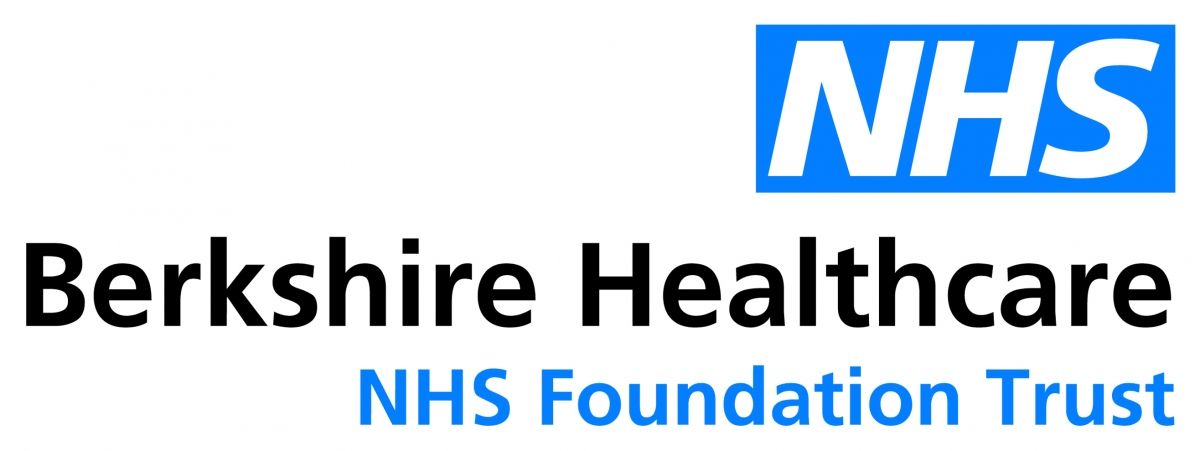Case Study for RPA in Berkshire Healthcare NHS Foundation Trust
Care Homes Team
Background
The Nutrition and Dietetics Service has a training team that teaches care home workers in Berkshire how to handle the Nutrition and Dietetic needs of the patients they look after.
This training is often mandatory for the Care homes' operational rules and procedures, and a certificate of attendance is needed to show that the training level is met.
This automation is intended to help the team reduce the large amount of administrative work involved in managing the training certificates and help improve the quality and quantity of feedback.
What Was The Problem
Every day, clinicians invest a significant amount of time in preparing training certificates for all participants and seeking feedback to enhance the quality of their sessions. However, this time-consuming process hinders their ability to review feedback, take necessary actions, and allocate more visits to care homes where additional support and training might be required.
Robot Solution
After completing the training, attendees are invited to share their feedback through a Microsoft Form. This feedback plays a crucial role in enhancing the quality of our training sessions.
Upon submission, our team receives a notification and promptly sends out a certificate of attendance and completion to each trainee. The trainer receives anonymous feedback individually, which can also be combined with organised data for strategic decision-making and future training planning.
All feedback remains completely anonymous and is accessible only to the service, ensuring compliance with audit requirements. Thanks to this streamlined automation, attendees have become more engaged in providing feedback, enabling us to continuously improve our current and upcoming training sessions.
Technology
The Robot was built using the Microsoft Power Platform, this included:
- MS Forms
- Power Automate
- Power Automate Desktop
- Dataverse
- Keyvault
- Azure AVD Virtual machines
The robot operates with unattended licenses, enabling it to initiate and execute tasks autonomously without the need for human intervention. Reports concerning business exceptions are automatically forwarded directly to the respective service team, while notifications regarding system exceptions are routed to the Intelligent Automation team via email.
Microsoft BI reports provide comprehensive access to key activity metrics, including run time, the frequency of runs, tasks accomplished, and exception rates. These insights facilitate a thorough understanding of the robot's performance and allow for informed decision-making regarding optimisation and troubleshooting efforts.
Governance
Covered within its dedicated Data Protection Impact Assessment (DPIA), this process underwent scrutiny in accordance with the ISO:27001 standards and controls when transitioning into the production phase. Following that, collaborative efforts have been initiated with Berkshire Healthcare Information Governance (IG) to formulate comprehensive DPIAs that will encompass multiple automations.
This approach facilitates the inclusion of several automations under the purview of a unified DPIA. Each subsequent automation will require approval from Berkshire Healthcare Information Governance.
Delivery Time
The automation build spanned two sprints: one dedicated to Business Analytics and the other to development. This was a simple automation, delivered in just under 2 weeks.
Benefits
Enhanced engagement from delegates, resulting in a higher number of valuable feedback and certificates received. This is measured by tracking the quantity of feedback and certificates distributed.
Improved clinical capacity to cater to training demands or respond promptly to care home referrals. This is measured by the number of training courses conducted or the activity count of the team.
Established opportunity for clinicians to visit care homes and assess potential gaps or support requirements. This is measured by an increase in care home visits.
Return On Investment
This automation is releasing up to of 0.7 WTE within the Nutrition and dietetics service across 2 teams. Based on the calculation of 2 minutes per task, each week, 1456 hours are being released annually.
Lessons Learnt
A key learning from the development of this automation is the possible benefits of delivering smaller, simple automation to services that can then be replicated and delivered to multiple teams, either increasing the benefits of a single automation or significantly reducing the development time required to build automations.
In this case, since the original service automation, we have been able to scale 3x in multiple service types, utilising the concept of the original opportunity.

